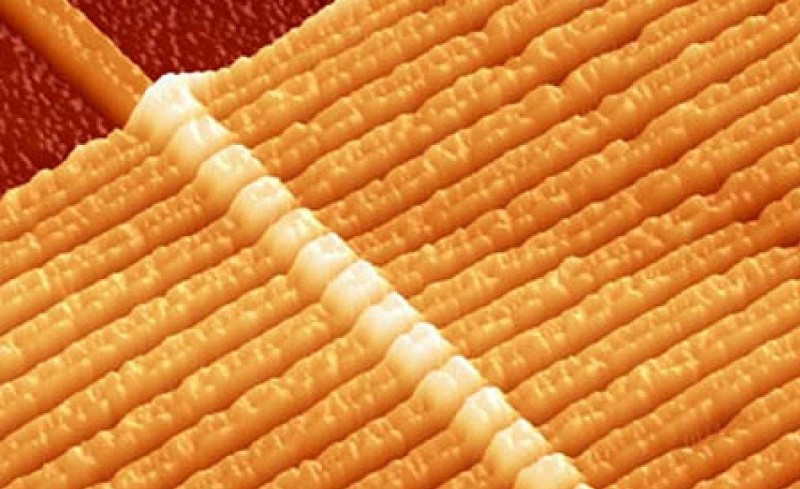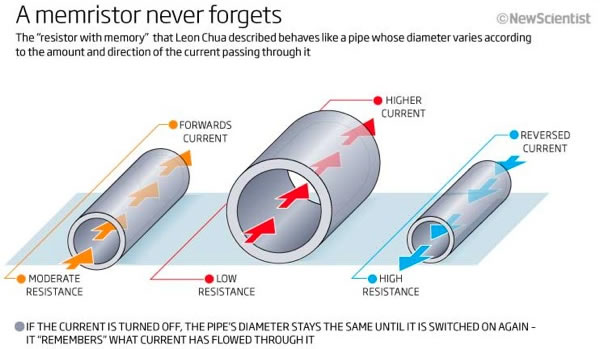HP is betting that an entirely new type of computer and operating system is the answer to its recent woes. The Machine, as it's being called, will replace the two types of memory that have been in use since the 1940s with a new technology known as memristors.
The idea for memristors has been around for decades but serious work to make them a reality didn't start until 2008. Led by HP, memristors are expected to have DRAM-like speeds with storage densities that are better than today's NAND.
By bringing these two key components together, HP believes it can build a new type of computer that is much more energy efficient and powerful than what currently exists. The Machine could shrink a data center down to the size of a standard refrigerator.
HP's new system is still several years away but they've been working hard to prefect it. HP CEO Meg Whitman has reportedly increased spending and has allocated 75 percent of HP's 200-person research staff to work on the project.
A working prototype is expected to be ready sometime in 2016 but in the meantime, HP wants researchers and programmers to familiarize themselves with the system. As such, HP is designing a temporary operating system that'll be ready in June called Linux++. Using software to emulate The Machine, researchers and programmers will be able to see how their code works on the new system before it is ready.
HP ultimately plans to replace Linux++ with a completely new operating system known as Carbon.

